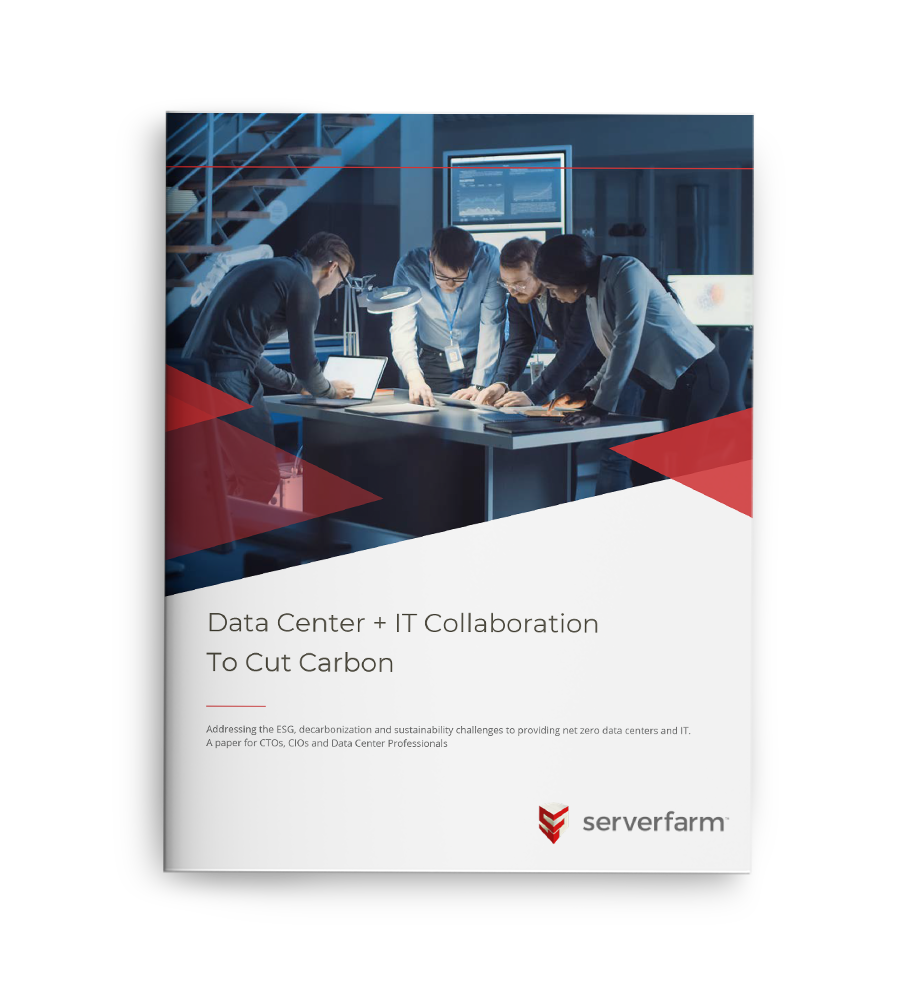Add utilization rates and whole of life asset management from sourcing to disposal and clearly 100% measurement of sustainability remains an inexact science.
The sustainability of a building development for large enterprises, commercial data center providers and cloud companies through GHG emissions reduction should start with an evaluation of the design and construction.
Before the developers, financiers, architects, designers, engineers, construction leads and contractors begin any project each stakeholder is being asked to consider the environmental
impact of their decisions and actions. The accurate measurement of Scope 1, 2 and 3 emissions of everything from steel and concrete to machinery to the building process itself is challenging.
It must also be considered that a new data center is not always a greenfield project. Smart developers avoid additional embodied carbon costs by making use of modernization and upgrades to existing buildings, the latest power and cooling infrastructure provides best ratings for GHG carbon emissions.











